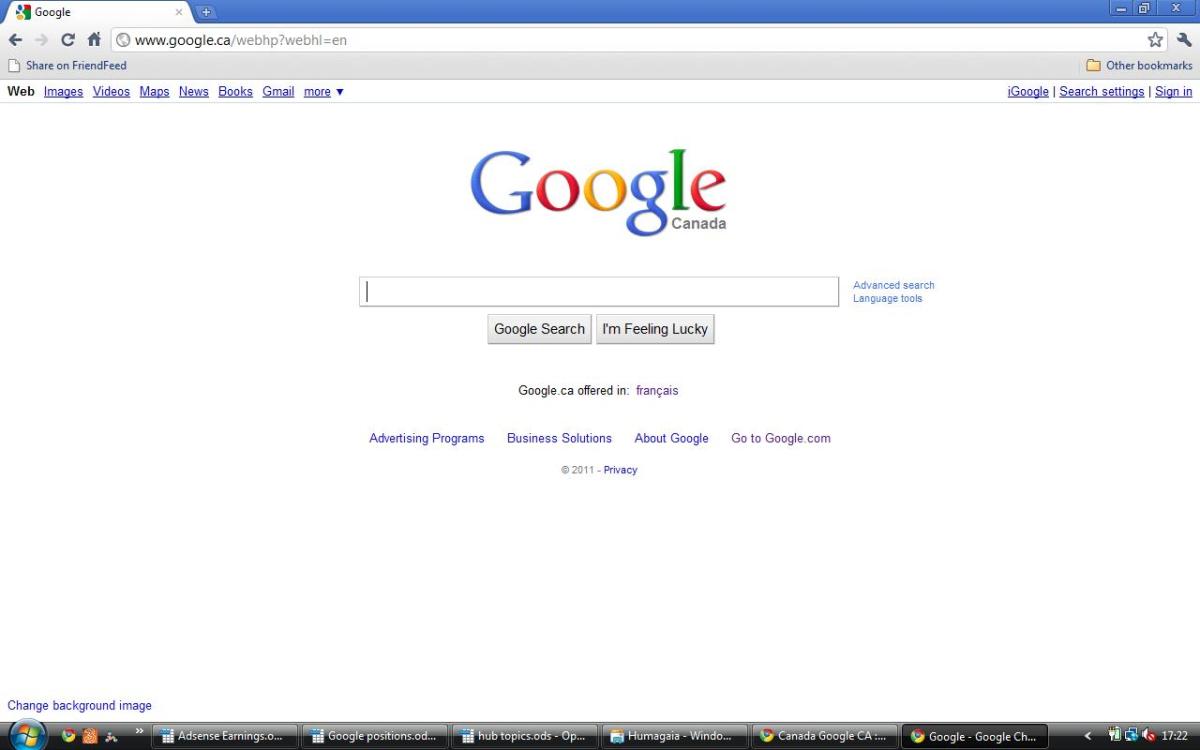- HubPages»
- Technology»
- Internet & the Web»
- Search Engines
3 Effective Strategies to Increase Website Traffic
Website traffic is the amount of data acquired and delivered by visitors to a website. Since the mid-90s, website traffic has turned into the most notable component of Internet traffic. This hinges on the volume of visitors and the amount of web pages these visitors visit. Websites track the inbound and outbound traffic to evaluate which parts or pages of the site are predominant and if there are apparent trends, such as one specific page viewed mainly by visitors in a specific region. There are a variety of methods to keep track of this traffic and the accumulated data is used to help structure sites, highlight security problems, and figure out how to effectively gain more website traffic. Think of website traffic as the force of your online business. Without sufficient traffic, your site will never attain its purpose. When you don’t generate enough traffic to your site, you essentially waste time, energy, and money. And while there are many paid resources to achieve web traffic, you will find the same number of free strategies and techniques. Here are three of the most effective and cost-free sources and strategies that you can use to gain more website traffic.
Content Creation
Good content means providing great value to your visitors. A well-thought, informative content markets itself. When you make an effort into building and promoting quality pieces of content, the organic benefit is more traffic to your site through shares and recommendations. Content is not just the king; it’s more like the entire court. Give your target audience a reason to visit by making certain there is something there for them, whether the item they're looking for or information that they're interested in. One great way of utilizing content to gain web traffic is to create a company blog. Use the blog to write and share information about your niche. Do keyword research to determine which key phrases are popular in your market and incorporate them in the blog posts. As long as your blog features a highly visible link back to the site's main page, the blog will boost your visibility. It's also important to note though that content strategy is more into quality than quantity. Even if you upload new articles daily, if they're horrible or full of fillers, people won't bother reading and sharing them, which totally defeats the purpose of building a company blog. And even if you use the most expensive resources to generate web traffic, if your articles don’t deliver, you won’t earn repeat visitors.
Tips to create quality content:
- When you write an article, make sure to constantly ask yourself if you'll spend five minutes out of your day to read it and share it to others. If not, then you're not maximizing this strategy to gain more website traffic.
- Feature a “call-to-action” on every page or article. Make it obvious to your visitors what it is you'd like them to do such as buying your product, liking your Facebook page, or signing up to your newsletter.
- Make certain your content is easy to share. Add popular sharing buttons on your content to make it simple and convenient for people to share your content material on Facebook, Twitter, LinkedIn, Google+, LinkedIn, and other prominent social media sites.
Infographics
In a way, infographics are still part of the content strategy, but so much more. In addition to cool and clever images, infographics can promote website traffic and brand insight. They take fundamental pieces of information and complex topics and introduce the content through visual shorthand. The principle behind infographics is an excellent technique to combine the best text, images, and layout to tell a story that the viewers can easily grasp. Consider them as information with drawings that make use of the elements of design to highlight vital information of chosen topics so readers can simply understand the topic at a glance. You can use infographics to generate your web traffic in various ways:
- You can do this by emailing your site subscribers. Send a preview of the infograph and a link to your site to see or download the full version.
- Another way to do it is to schedule a series of posts and tweets on your social media accounts teasing your followers with bits of data extracted from the infographics with the link back to the full graph posted on your site.
- You can also reach out to blog sites that cater to the same niche as yours. Also make sure to surround the infographics with the right keywords, using proper alt text.
- Add keywords in the image file name.
Reasons why infographics can improve your site’s traffic:
- Infographics are one of the easiest types of online marketing that can easily be shared on practically every social networking site.
- If someone posts or shares your infographics and credits your work, it will provide a link back, or at least a source, to your own website.
- When you make and post your own infographics, include your own website and/or business logo. This creates brand awareness.
- Infographics can build your reputation as someone who is an expert and has familiarity with his niche.
Search Engine Optimization
Never over-optimize your site, but make sure to apply updated SEO best practices to make the search engines know where they should position your website in the organic search results. High search rankings will lead to a good amount of new visitors to your site. Search engines still supply the vast majority of visitors to numerous websites so make certain yours is search engine friendly. Use Google's Keyword Tool to look for long-tail keywords that aren't too competitive, and then design content around them. If you're in a competitive market, this is a method you can do to build up certain small repeated traffic and engage your visitors. Aside from content, there are three principal components to a successfully optimized website or articles. These are the:
- keyword
- meta title
- description
Unfortunately, a lot of website owners and article writers forget that these three components matter. These are actually simple things to fill out when you're posting a piece of content on your site, so invest time to provide information in the aforementioned components every time.
Tips to ensure your website is search engine friendly:
- Pay extra time and attention writing your meta description tag. It’s the details of your webpage that will generally show in search engine results. The more informative it is, the higher the chances your page will be clicked.
- Use snippets and make them rich and detailed. Snippets are a couple of text lines that come out under every search result. Snippets are built to give surfers a sense of what's on your webpage and why it's pertinent to their search.
- Always make sure that all your links are working.
Trust Builds Traffic
Take these strategies seriously and work around them to effectively gain more traffic website. But more than these methods, the best fool-proof method to increase traffic volume is to own a trustworthy website. Manage a site that will make your visitors comfortable to recommend you to their family and friends. Make your website a source of reliability and consistency, especially if you’re selling anything online. Anticipate your visitor’s needs so dedicate a page for FAQ about your subject, a privacy policy page, and a contact form. Don’t make a fool out of your visitors because the internet is a very powerful medium. One negative word or comment from someone can create a harmful impact to your reputation. And a bad online reputation can kill any chances of your site getting a click from a visitor even if it ranks high in the search engine result.








